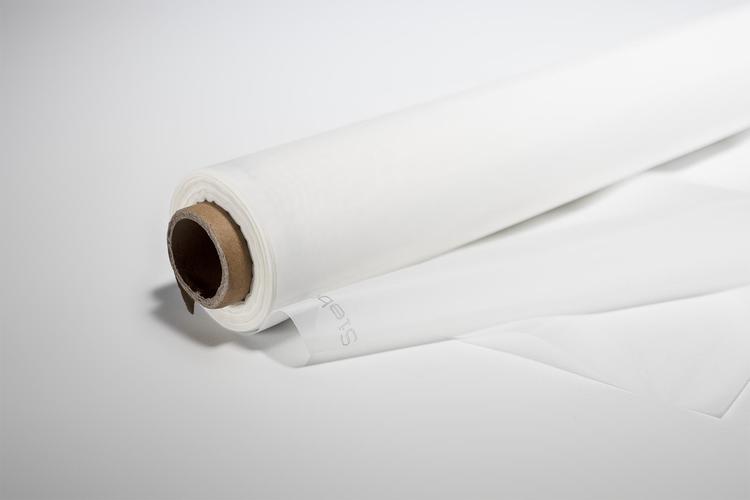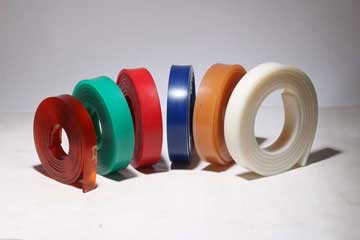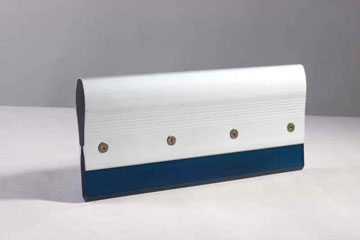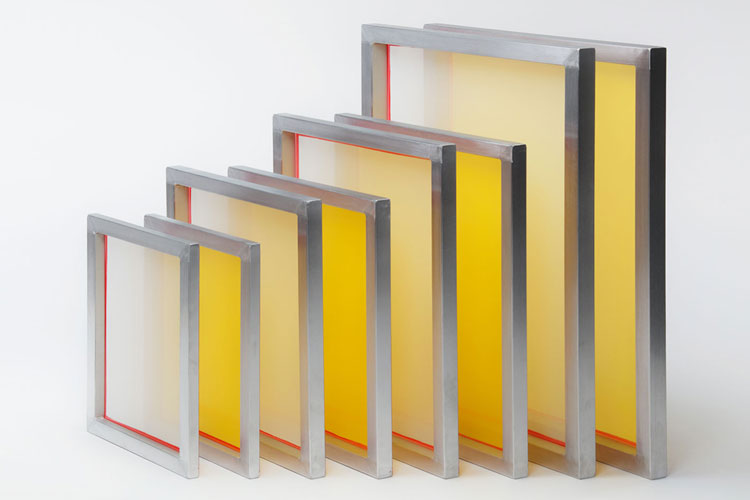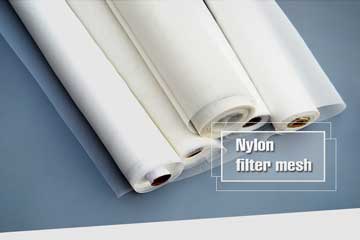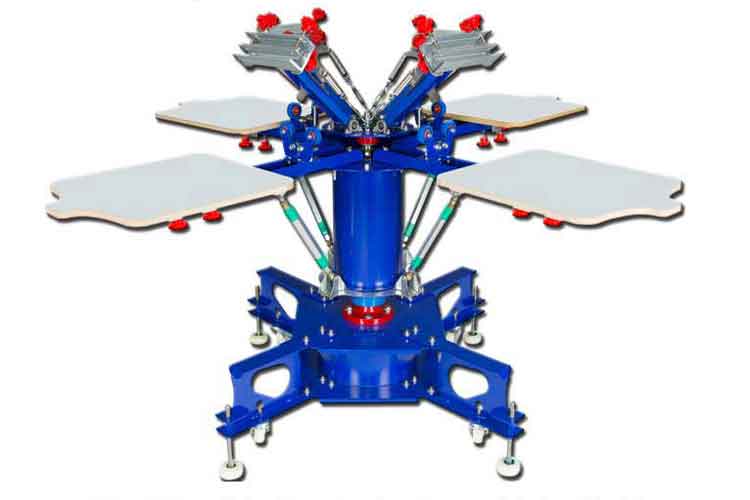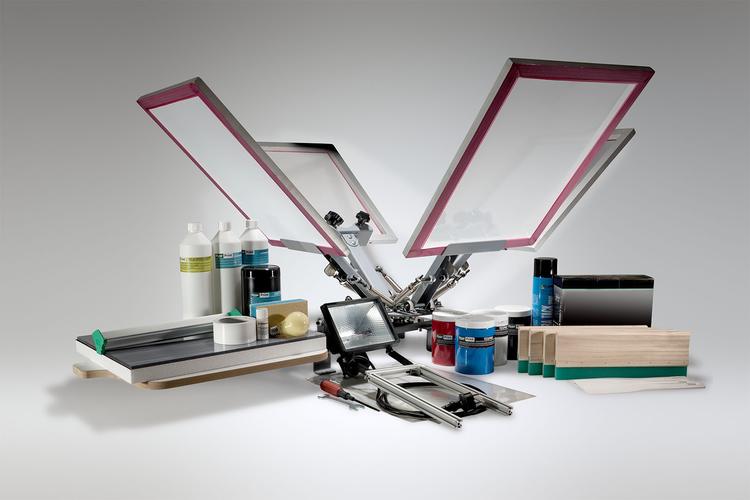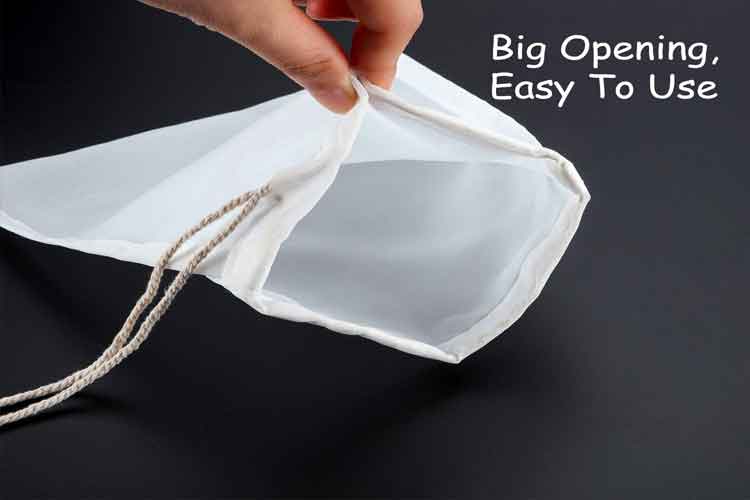Monofilament and multifilament What is the difference?
Monofilament Polyester Fabrics that are single threads formed thick enough to be directly woven into smooth, regular fabrics. Multifilament Polyester Fabrics that are fine polyester strands twisted together into threads and woven into fabriMonofilament Polyester
Fabrics that are single threads formed thick enough to be directly woven into smooth, regular fabrics.
Multifilament Polyester
Fabrics that are fine polyester strands twisted together into threads and woven into fabrics.

Monofilaments are the most concise and regular fabrics. The single strand threads are capable of exact detail and registration. They also wear well in extended production printing. It is less easy to adhere films and emulsions with monofilaments than with multifilaments, but they are easier to clean and to reclaim and less likely to clog during printing. The surface of the threads is less coarse, or more smooth and polished.
Multifilaments are common in the textile industry. The threads are coarse and subtly impart that quality to the images printed. They are closest in visual character to the original multifilament silks used in screen printing. They wear less well in extended production runs than do monofilaments, but they can be used to print on textured or contoured surfaces. This mild elasticity prevents exacting registration. Multifilaments are also preferred for the easier adhesion of indirect cut and photo stencils.
Silkscreen fabric is woven into a grid mesh. The character of a particular silkscreen fabric is determined by the variables that this weaving permits. These variables include thread size or thickness, mesh opening, or the size of the inpidual openings within the grid mesh.
Percentages are given that indicate the relationship between the total open area of the mesh and the area that is covered by the threads themselves. Agreater percentage of open area permits more exacting detail. Greater thread size has more strength but diminishes the percentage of open area in the total mesh. The actual number of threads per square inch of fabric is always the same.
Thread Size: Size of the actual thread. This is the changing variable in the various mesh counts.
Open Area: The portion of the screen or fabric surface through which ink passes. It is expressed in a percentage. The open area determines the quantity of ink that actually can pass through the screen between the strands or threads.
Width of Mesh Openings: This should be taken into account before determining which ink to use. The particles of ink must be smaller than the mesh through which it must pass or it will clog. If a very fine mesh is used (for clarity of detail), the ink particles may not flow.
Pre:What is the difference between Screen Printing and Digital printing?
Tags:
